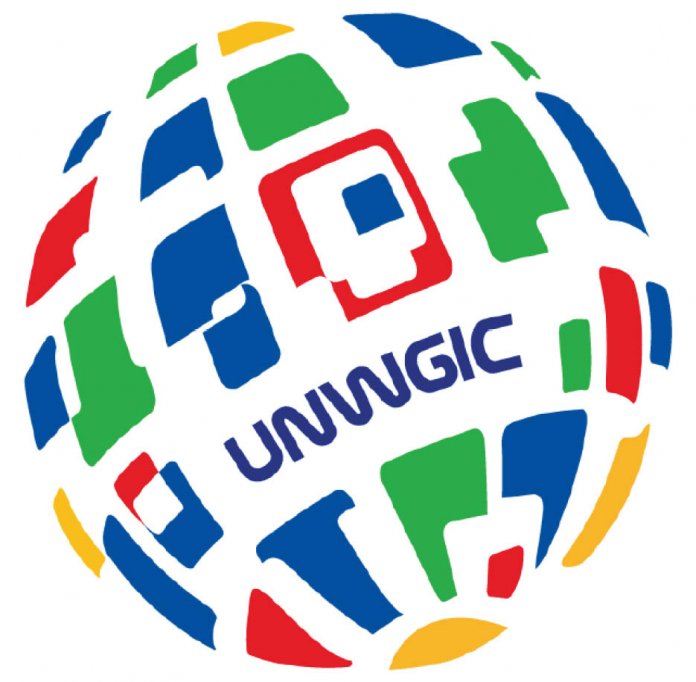Hello People, hope you all are doing great!
In today’s blog we will talk about the second United Nations World Geospatial Information Congress (UNWGIC) to be held in Hyderabad, India, in 2022. The event will show a glimpse of India’s evolving geospatial ecosystem.
Let us start by knowing about Geospatial Technology.
What is Geospatial Technology
Geospatial technology is used to collect, analyze and store geographic information. It uses software to map geographic locations while analyzing the impact of human activity.
Geospatial Technology is an emerging field of study that includes:
Geographic Information System (GIS) – A geographic information system (GIS) is a computer system that captures, stores, verifies, and displays data about positions on the Earth’s surface.
Remote Sensing (RS) – It is imagery and data collected from space- or airborne camera and sensor platforms.
Global Positioning System (GPS) – satellite-based navigation system made up of a network of 24 satellites placed into orbit to collect coordinates locations
History of Geospatial Technology
During a cholera outbreak in Paris in 1832, French cartographer Charles Picquet created one of the first heat maps to show where the incidents of illness were concentrated. When cholera struck London in 1854, physician John Snow, in addition to making a map that depicts the location of cholera deaths, he used spatial analysis of the data to show the connection between contaminated water sources and cholera.
Photozincography was invented in the early 1900s. It was a type of map printing with multiple layers. Each layer on the map could visually represent data. Roger Tomlinson pioneered the concept of a Geographic Information System (GIS) in the 1960s, elevating traditional cartography to a new level. A GIS map can hold an infinite amount of data. This geospatial data not only lets users visualise and analyse the data, but it also allows them to better understand trends, relationships, and patterns.
GIS was refined further until the early 2000s, when Google Maps released a user-friendly version for the general public in 2005. Since then, Geospatial technology has progressed from the desktop to a cloud-based system.
About UNWGIC
It is organized by the United Nation Committee of Experts on Global Geospatial Information Management (UN-GGIM).
Its objective is To improve international collaboration in geospatial information management and capacity among Member States and relevant stakeholders.
It is held every four years. China hosted the first UNWGIC in October 2018.
The Second UNWGIC’s theme is “Geo-enabling the Global Village.” The theme will help to focus on the empowering role of geospatial information for ordinary citizens.
As part of the ongoing “Azadi Ka Amrit Mahotsav (Celebration of 75 Years of Indian Independence),” India will host the event.
About UN-GGIM
The UN-GGIM aims to play a leading role in setting the agenda for global geospatial information development and promoting its use to address key global challenges.
The Committee of Experts is mandated to provide a platform for the development of effective strategies on how to build and strengthen national capacity on geospatial information, as well as disseminating best practices and experiences of national, regional and international bodies on geospatial information related to legal instruments, management models and technical standards.
Suggestions for 2nd UNWGIC
Mr. Naveen Tomar, India’s Surveyor General has suggested four sessions for the 2nd UNWGIC, namely geodesy, high-resolution mapping for land administration, and advances in surveying and mapping, while inviting the global geospatial community to attend.
While expressing their suggestions for possible sessions during the 2nd UNWGIC, eminent panellists from Latin America, Australia, the United States of America, the Netherlands, Arab States, and Singapore emphasised on discussing strategy for implementing the UN-Integrated Geoinformation Framework (IGIF) of UN-GGIM and bringing out the societal value of geospatial information, particularly for the disadvantaged sections of the society.
India’s Geospatial Policy
The Ministry of Science and technology recently introduced new guidelines for the Geo-Spatial Sector which liberalises the sector to a more competitive field.
Earlier there had been strict restrictions on the collection, storage, use, sale, dissemination of geo-spatial data and mapping. The mapping of the entire country, that too with high accuracy, by the Indian government alone could take decades.
The new guidelines have ensured such an open access, with the exception of sensitive defence or security-related data.
Indian companies now can self-attest, conforming to government guidelines without actually being monitored by a government agency.
Impact
- By liberalising the system, the government will ensure more players in the field, competitiveness of Indian companies in the global market,
- Startups and businesses can now also use this data in setting up their concerns, especially in the sector of e-commerce or geo-spatial based apps – which in turn will increase employment in these sectors.
- Indian companies will be able to develop indigenous apps, for example an Indian version of google maps. There is also likely to be an increase in public-private partnerships with the opening of this sector with data collection companies working with the Indian government on various sectoral projects.
- The government also expects an increase in investment in the geo spatial sector by companies, and also an increase in export of data to foreign companies and countries, which in turn will boost the economy.
Other Initiatives
Online Maps Portal- The Survey of India’s online maps portal contains over 4,000 maps with national, state, district, and tehsil level data that have been indexed for end users.
Manchitran- The National Atlas and Thematic Mapping Organization (NATMO) has released thematic maps on this portal, such as the cultural map of India, the climactic map, and the economic map.
Saarthi – Sarthi is a web Geographic Information System (GIS) developed by the Survey of India. It will assist users in developing applications for geospatial data visualisation, manipulation, and analysis without requiring a large amount of resources on their end.
Bhuvan- It is the national Geo-portal developed and hosted by ISRO comprising Geo Spatial Data, Services and Tools for Analysis.
With this we come to the end of this blog. Stay tuned on hranker.com for more such content.




